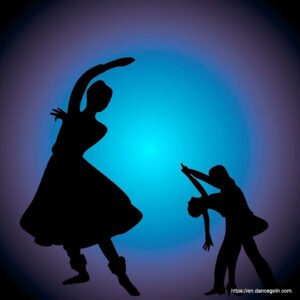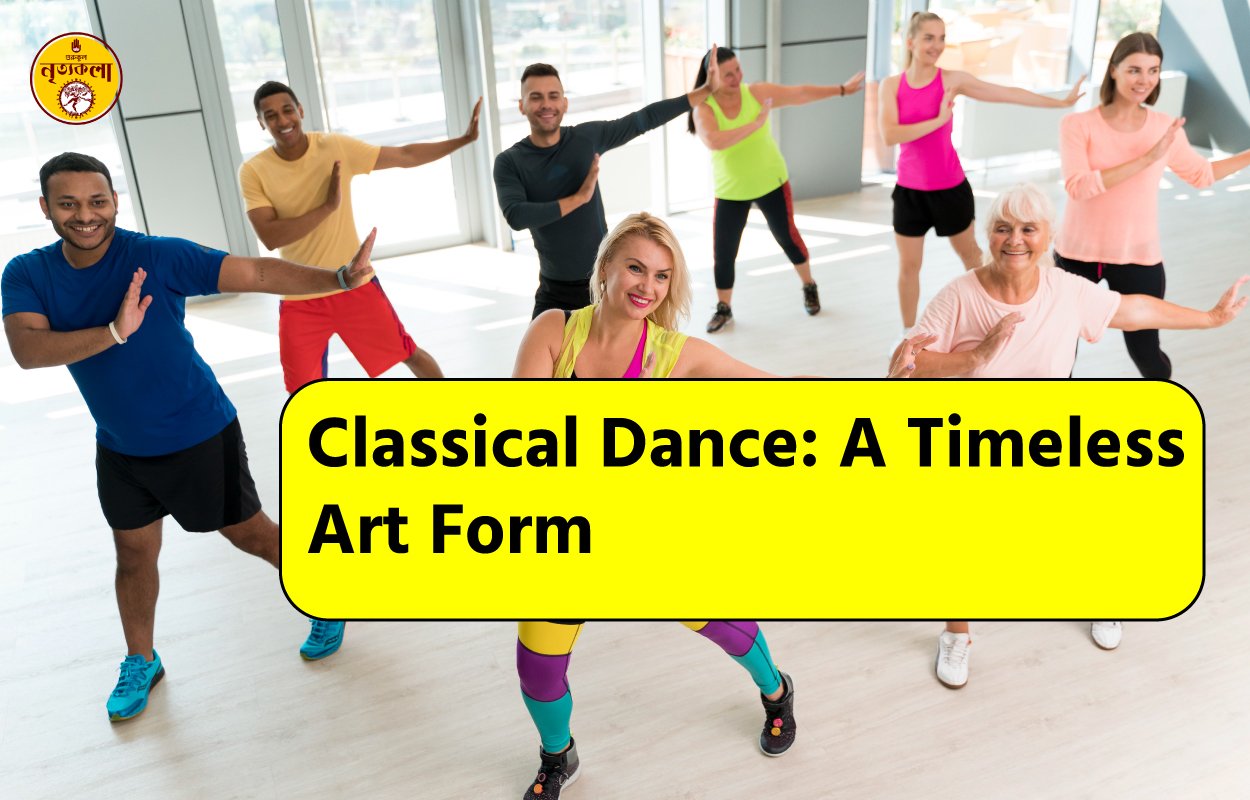Classical dance, a term that encompasses various traditional dance forms, has been an integral part of human culture and artistic expression for centuries. These dance styles are not only celebrated for their intricate movements and historical significance but also for their deep-rooted connection to cultural heritage and storytelling. This article explores the essence of classical dance, its different forms, and its enduring impact on the world.
Table of Contents
Classical Dance
What is Classical Dance?
Classical dance refers to a range of dance styles that have a long history and are characterized by their adherence to established techniques, forms, and traditions. These dances often convey stories, myths, or spiritual themes through precise and stylized movements. Classical dance forms are typically passed down through generations, maintaining their traditional aspects while occasionally incorporating modern elements.

Key Characteristics of Classical Dance:
1. Structured Technique:
Classical dance forms have well-defined techniques and styles. They involve a set of prescribed movements and postures that dancers practice rigorously. Mastery of these techniques is essential to perform the dance authentically.
2. Storytelling and Themes:
Many classical dance forms are narrative in nature, often depicting stories from mythology, religion, or historical events. These dances are performed with elaborate costumes and props to enhance the storytelling experience.
3. Cultural and Historical Roots:
Classical dance styles are deeply rooted in the cultural and historical context of their origin. They often reflect the values, traditions, and artistic preferences of the societies from which they emerged.
4. Formal Training:
Training in classical dance usually requires years of dedicated practice under the guidance of experienced teachers. The training focuses on developing technical proficiency, artistic expression, and an understanding of the dance’s cultural significance.
#### Notable Classical Dance Forms:
1. Bharatanatyam (India):
Originating in Tamil Nadu, Bharatanatyam is one of the oldest classical dance forms in India. It is characterized by its graceful movements, intricate footwork, and expressive gestures (mudras). Bharatanatyam often tells stories from Hindu mythology and is performed as a solo or group dance.
2. Kathak (India):
Kathak, which means “storyteller” in Hindi, is a classical dance form that originated in North India. It features intricate footwork, spins, and expressive storytelling through dance. Kathak incorporates elements of both Hindu and Mughal influences and is known for its elegance and technical precision.
3. Kathakali (India):
Hailing from Kerala, Kathakali is a highly dramatic dance form known for its elaborate costumes, makeup, and facial expressions. The dance typically depicts stories from the Indian epics, the Ramayana and the Mahabharata, and involves intense storytelling through dance and drama.
4. Odissi (India):
Originating in Odisha, Odissi is known for its fluid movements, sculptural poses, and emphasis on rhythmic precision. It often features devotional themes and is performed with intricate hand gestures and body postures.
5. Chinese Classical Dance:
Chinese classical dance has a rich history that spans thousands of years. It includes various regional styles and is characterized by its emphasis on fluidity, grace, and precise movements. Traditional Chinese dance often reflects themes from Chinese folklore, opera, and mythology.
6. Japanese Noh and Kabuki:
Noh and Kabuki are two classical dance forms from Japan. Noh is a classical theater form known for its slow, deliberate movements and masks. Kabuki, on the other hand, is more vibrant and theatrical, featuring elaborate costumes and dramatic storytelling.
7. Ballet (Western Classical Dance):
Ballet, which originated in the Italian Renaissance courts and later developed in France and Russia, is a highly formalized dance form known for its technical precision and grace. It includes various styles, such as classical ballet, contemporary ballet, and neoclassical ballet. Ballet performances often feature elaborate sets and costumes, and the dance style is characterized by its emphasis on posture, alignment, and poise.

The Evolution of Classical Dance:
Classical dance forms have evolved over time, adapting to changes in society while maintaining their core traditions. This evolution has led to the emergence of new styles and innovations within the classical framework. For example, modern interpretations of classical dances may incorporate contemporary themes or experimental elements while respecting traditional techniques.
Fusion and Modern Interpretations:
Contemporary artists often blend classical dance with other styles, creating fusion performances that appeal to modern audiences. These adaptations can introduce classical’ dance to new audiences and keep the art form relevant in a rapidly changing world.
Preservation and Innovation:
Efforts to preserve classical’ dance involve documenting traditional techniques, training new generations of dancers, and performing classical works in their authentic forms. At the same time, innovations in choreography and performance can bring fresh perspectives to classical’ dance while honoring its heritage.

The Significance of Classical Dance:
1. Cultural Preservation:
Classical’ dance plays a crucial role in preserving cultural heritage and traditions. It serves as a living record of a community’s history, mythology, and values.
2. Artistic Expression:
Through its structured techniques and expressive movements, classical ‘dance offers a unique medium for artistic expression. Dancers convey complex emotions, narratives, and spiritual themes through their performances.
3. Educational Value:
Classical ‘dance education provides students with a deep understanding of artistic discipline, physical coordination, and cultural history. It fosters creativity, dedication, and an appreciation for the arts.
4. Community and Identity:
Classical’ dance often strengthens community bonds and cultural identity. It brings people together to celebrate shared traditions and values, and it creates a sense of pride and connection to one’s heritage.
Classical ‘dance is a timeless art form that continues to captivate and inspire audiences around the world. Its rich history, technical complexity, and cultural significance make it a profound and enduring element of human expression. As classical’ dance evolves and adapts to contemporary contexts, it remains a vital link to our past, a reflection of our present, and a beacon for future generations to explore and appreciate. Whether through traditional performances or modern interpretations, classical ‘dance continues to celebrate the beauty and diversity of human creativity and storytelling.
SEE MORE:
